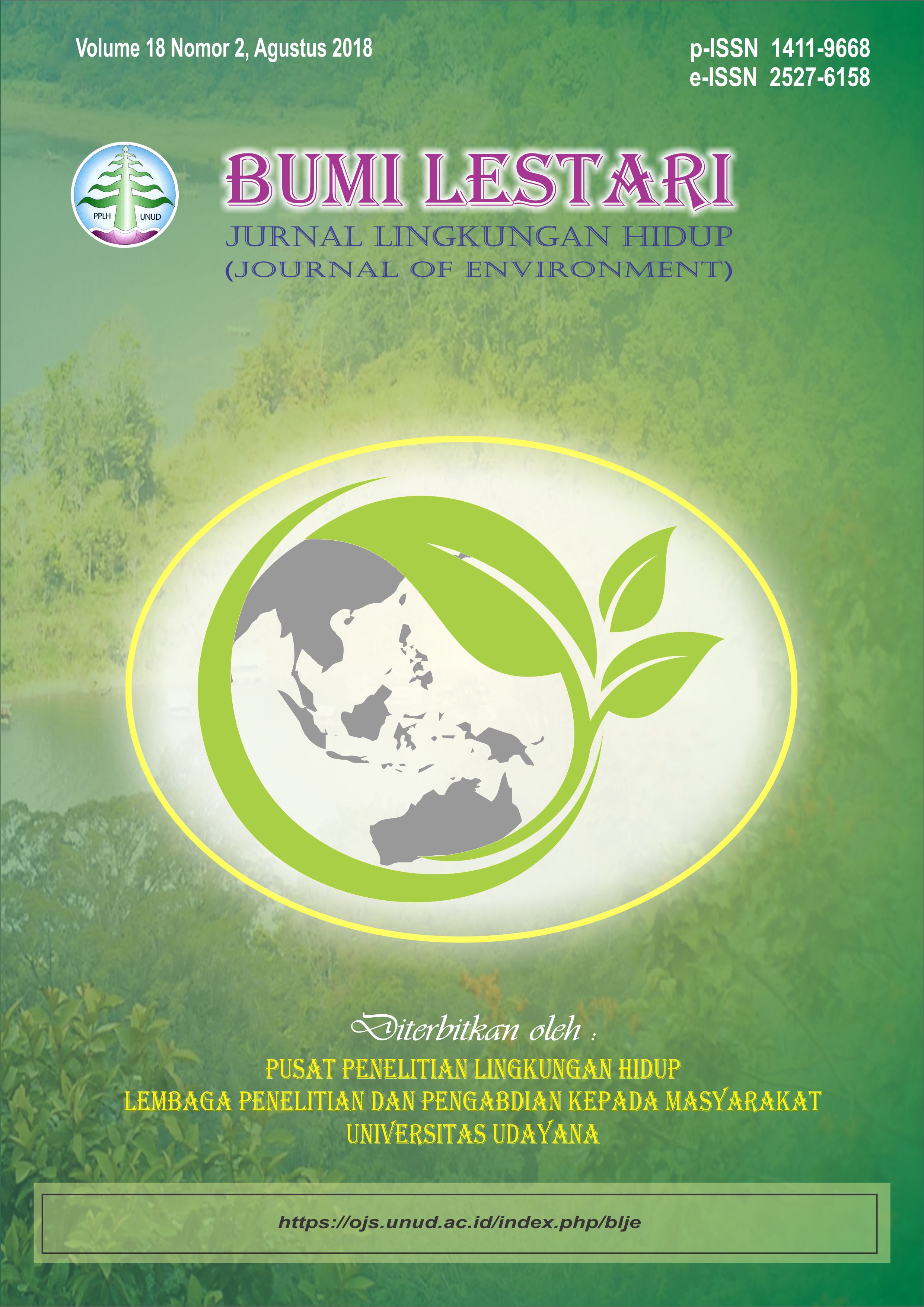Perubahan Struktur Vegetasi Pada Sistem Perladangan Gilir Balik Masyarakat Dayak Pitap Kalimantan Selatan
Abstract
Shifting cultivation is cultivation system performed alternately from one field to another on forest lands. This study aims to assess changes in structure and composition of vegetation and determine the conditions of environmental factors during shifting period. This research use chronosequence approach at sites with different ages i.e. two, four, six and eight years compared to natural forest using structured form squares (20x100 m2) belt transect comprising several terraced plots. Vegetation parameters were measured for all forms, environmental factors measured were microclimates and edafic factors and soil macro-nutrient content. The results showed that 42 species of 23 families founded in all forms. The vegetation distribution from diameter classes (KD) indicated that KD 0-10 cm had the highest number of individual density from all research site and declined sharply with the increase of KD. The potential regeneration of tree species vegetation component of each site showed some different patterns. In aspect of microclimates, the temperature decreases along with sites age. Edafic factor did not show any clear pattern with increase of sites age for C, N and P, while soil K levels were significantly higher in the youngest site age than the older sites.
Downloads
Authors who publish with this journal agree to the following terms:
- All articles published by Bumi Lestari Journal of Environment and Environmental Reseach Center Udayana University are made available under an open access license worldwide immediately. This means everyone has free and unlimited access to the full-text of all articles published in Bumi Lestari Journal of Environment, and everyone is free to re-use the published material given proper accreditation/citation of the original publication. Open access publication is supported by authors' institutes or research funding agency by payment of a comparatively article processing charge for accepted articles (See Author Fees). Bumi Lestari Journal of Environment and Environmental Reseach Center Udayana University publish articles under the Creative Commons Attribution License.
- Authors are able to enter into separate, additional contractual arrangements for the non-exclusive distribution of the journal's published version of the work (e.g., post it to an institutional repository or publish it in a book), with an acknowledgement of its initial publication in this journal.
- Authors are permitted and encouraged to post their work online (e.g., in institutional repositories or on their website) prior to and during the submission process, as it can lead to productive exchanges, as well as earlier and greater citation of published work (See The Effect of Open Access).





